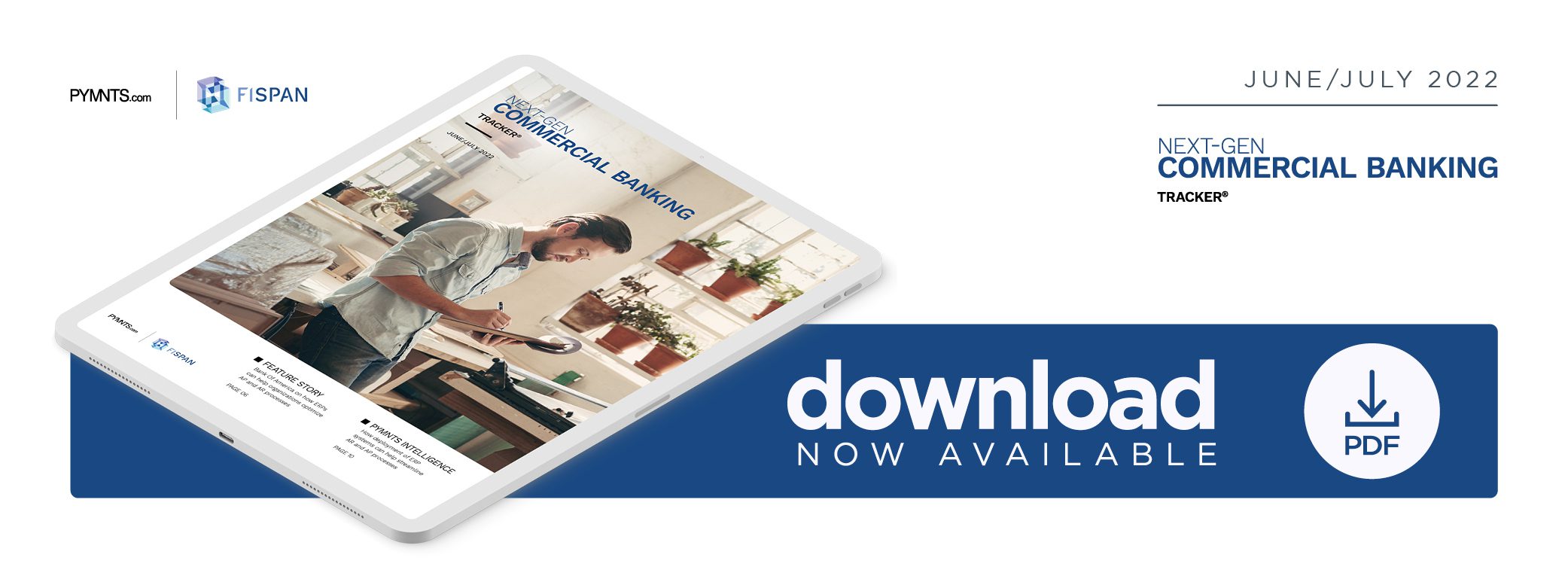PYMNTS Intelligence: How Deployment of ERP Systems Can Help Streamline AR and AP Processes

Perhaps nothing is more critical to the success of an organization than the accounts receivable (AR) and accounts payable (AP) processes it employs. A recent study revealed that 35% of finance leaders worldwide find their organizations plagued with time-consuming, legacy AR and AP processes such as manual invoice validation and paper documentation. These tasks can lead to costly errors and late payments, resulting in fines, tarnished reputations and credit, as well as cash flow issues throughout the organization.
Firms have long sought to automate their processes via enterprise resource planning (ERP) solutions that can reduce manual tasks and errors. While ERPs have traditionally helped streamline operations, direct connections to banking systems have been slower to take root. As a result, many firms still endure what has been coined a “two-screen problem,” a situation in which ERP systems are used to produce invoices and execute payments, but employees still must log in to bank portals or visit bank branches to reconcile payments and handle other banking transactions.
Solutions exist that can cut down on frictions, and banks are introducing financial tools that firms can embed directly into their ERP. The result is a fully-integrated system that can automatically send and receive payments and apply payments to invoices to help expedite reconciliations, eliminating the need for a human “branch” between operations and banking.
This month, PYMNTS Intelligence takes a close look at ERP systems’ advantages over traditional AR and AP processes and whether these systems are fulfilling executive expectations. It also examines some of the challenges inherent in adopting ERP solutions.
Executive Expectations When Implementing ERPs in AR and AP Processes
Company executives have reason for concern about their manual AR and AP processes. A recent PYMNTS survey found that 95% of firms saw their average monthly payables surge in the past year, with some 73% of companies experiencing increases in monthly AP volumes of between 31% and 50%.
Approximately 10% of companies said their current AP and AR platforms could adapt to a 100% increase in monthly payables. Sixty-seven percent of businesses that process at least 2,500 payables a month said automated systems are “very” or “extremely” important to increasing the number of payables, and 98% of firms felt their growth goals would be threatened by an inability to handle the necessary AP volume.
Businesses are demanding more integrated services from their banks, and embedded banking within ERP systems is on the rise — especially cloud-based ERP AP solutions, payroll services and treasury management systems. Of those companies with automated AP systems, 78% told PYMNTS they had seen noticeable improvements in real-time integration of AP data into ERPs, but low levels of automation and connectivity with banking are the rule. Some 64% of firms surveyed in a recent report said they had not fully integrated their treasury management systems with their ERPs, and 79% did not have systems integrated with their banks, resulting in having to perform manual transactions and reconciliations.
Digital banking products that integrate into clients’ existing business platforms have been shown to boost efficiency, streamline cash management and offer a better client experience.
The Challenges of Adopting ERP in AR and AP Processes
While the consensus on AP automation’s benefits is growing, many firms find digitization challenging, particularly smaller businesses. Some 60% of chief financial officers (CFOs) in a PYMNTS survey said they question the technical expertise of their in-house staff to support too much digitization, and nearly half said they were concerned about not having fully integrated ERP platforms. This latter figure rose to 65% for those at the smallest firms. Cost was another concern for 37% of those surveyed, again disproportionate for smaller businesses.
Trust in technology also remains a hurdle, especially as ERP systems move more and more to the cloud. One in three companies distrusts the public cloud, according to one report, insisting on keeping certain functions on-premises rather than investing in cloud options.
The digitization and marriage of ERP and financial processes may be daunting to some companies, but many digital AR and AP technology providers offer collaborative platforms that integrate easily with existing ERP and accounting systems. These solutions will be instrumental to businesses’ success as payments modernization becomes essential to participating in the digital economy.
